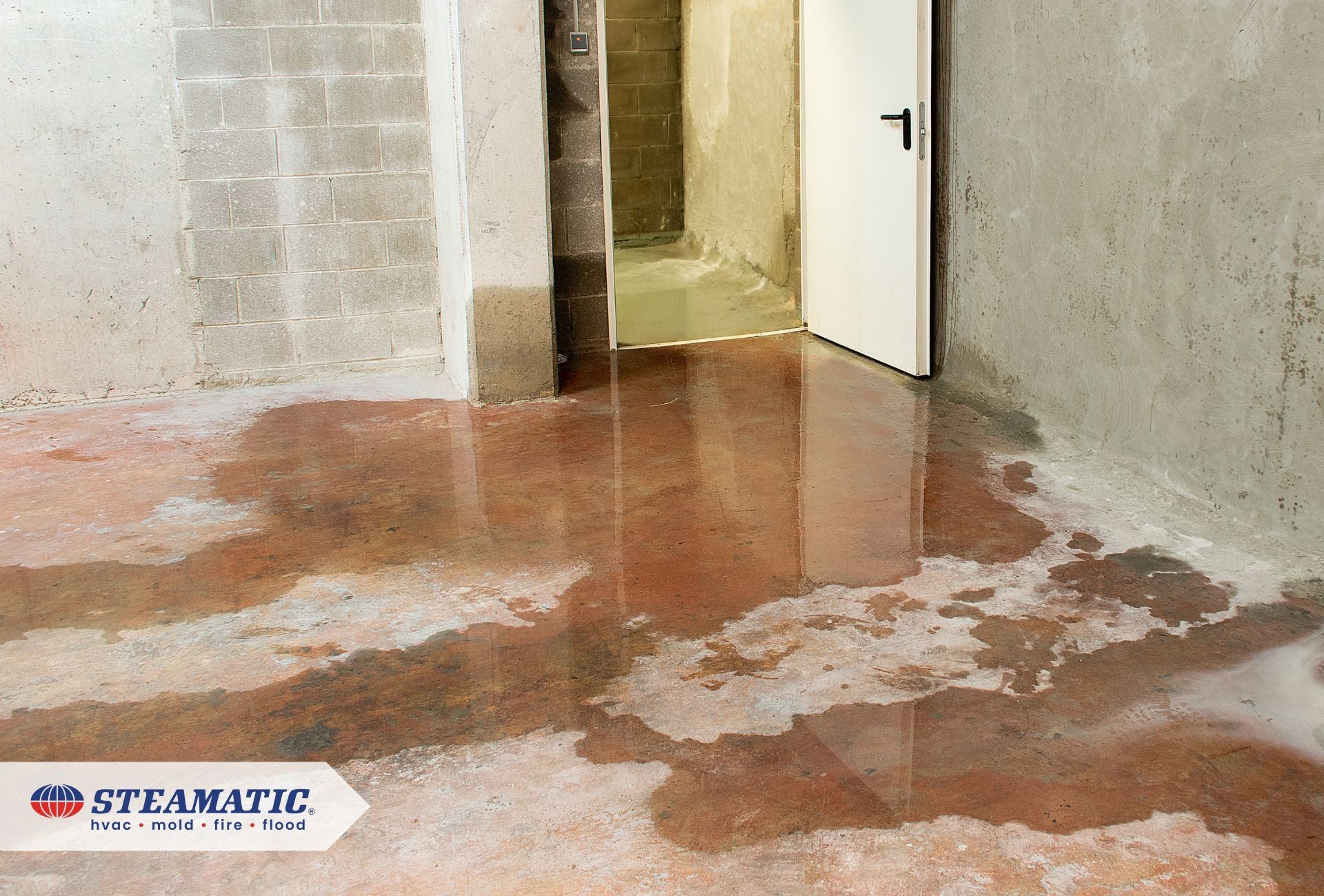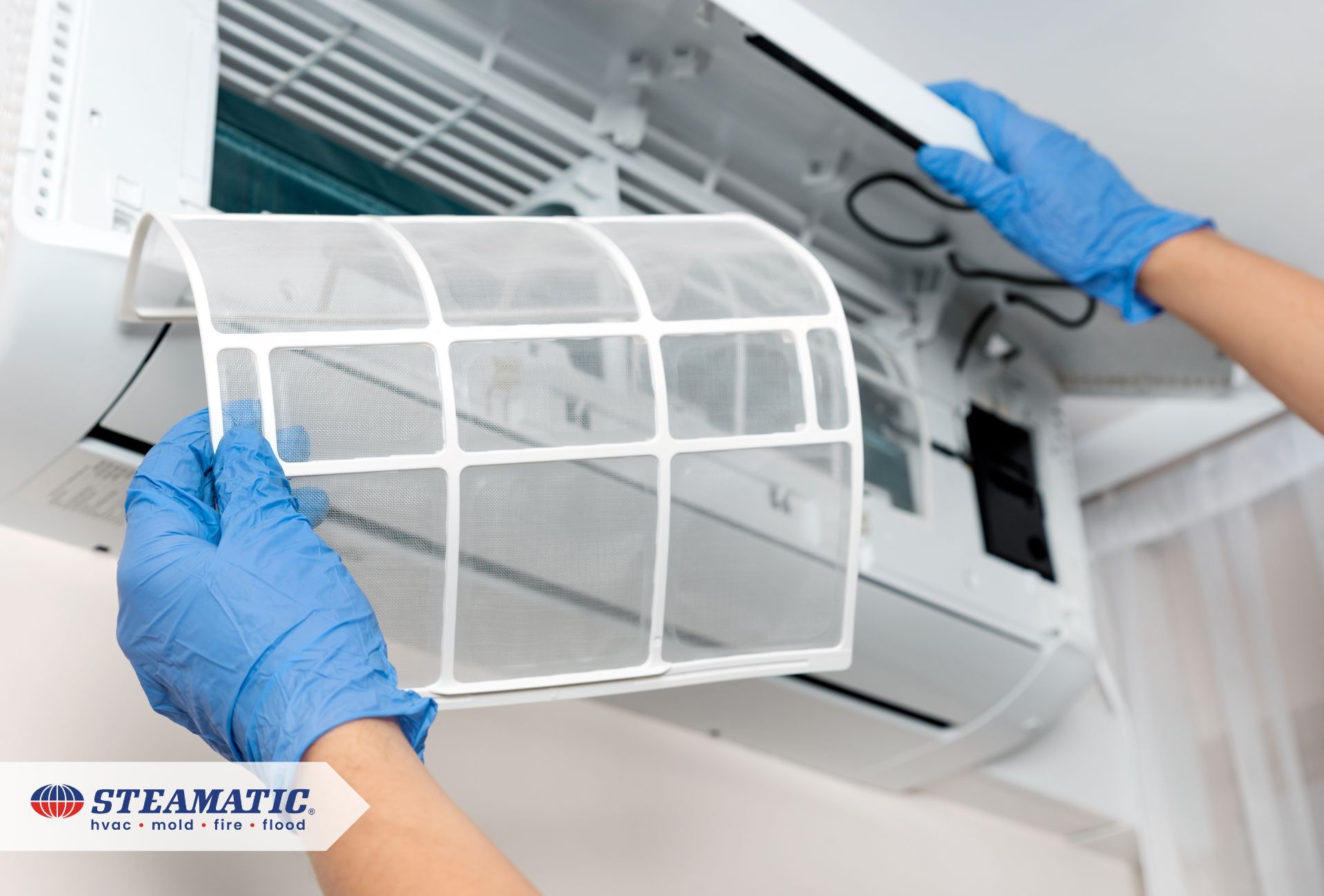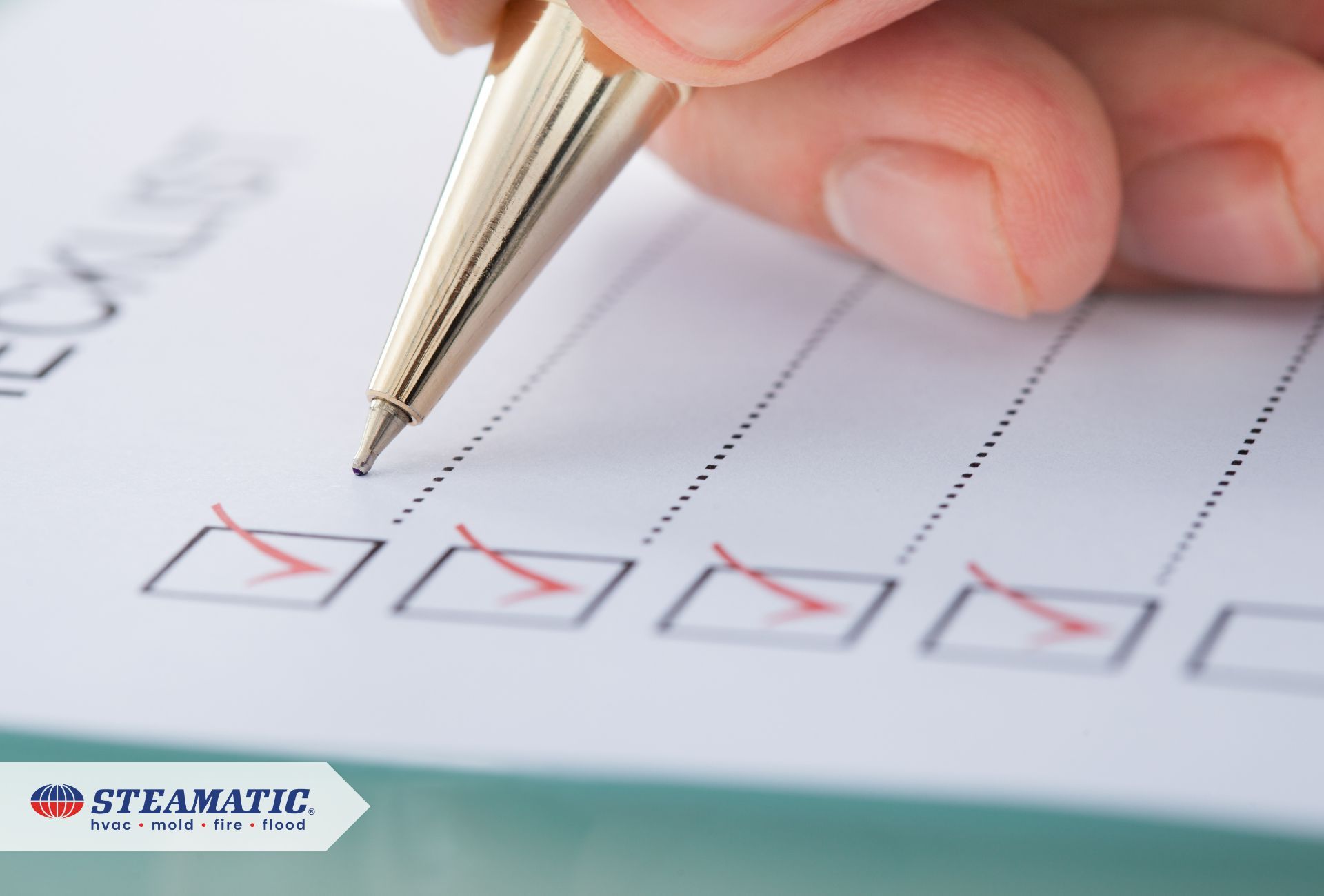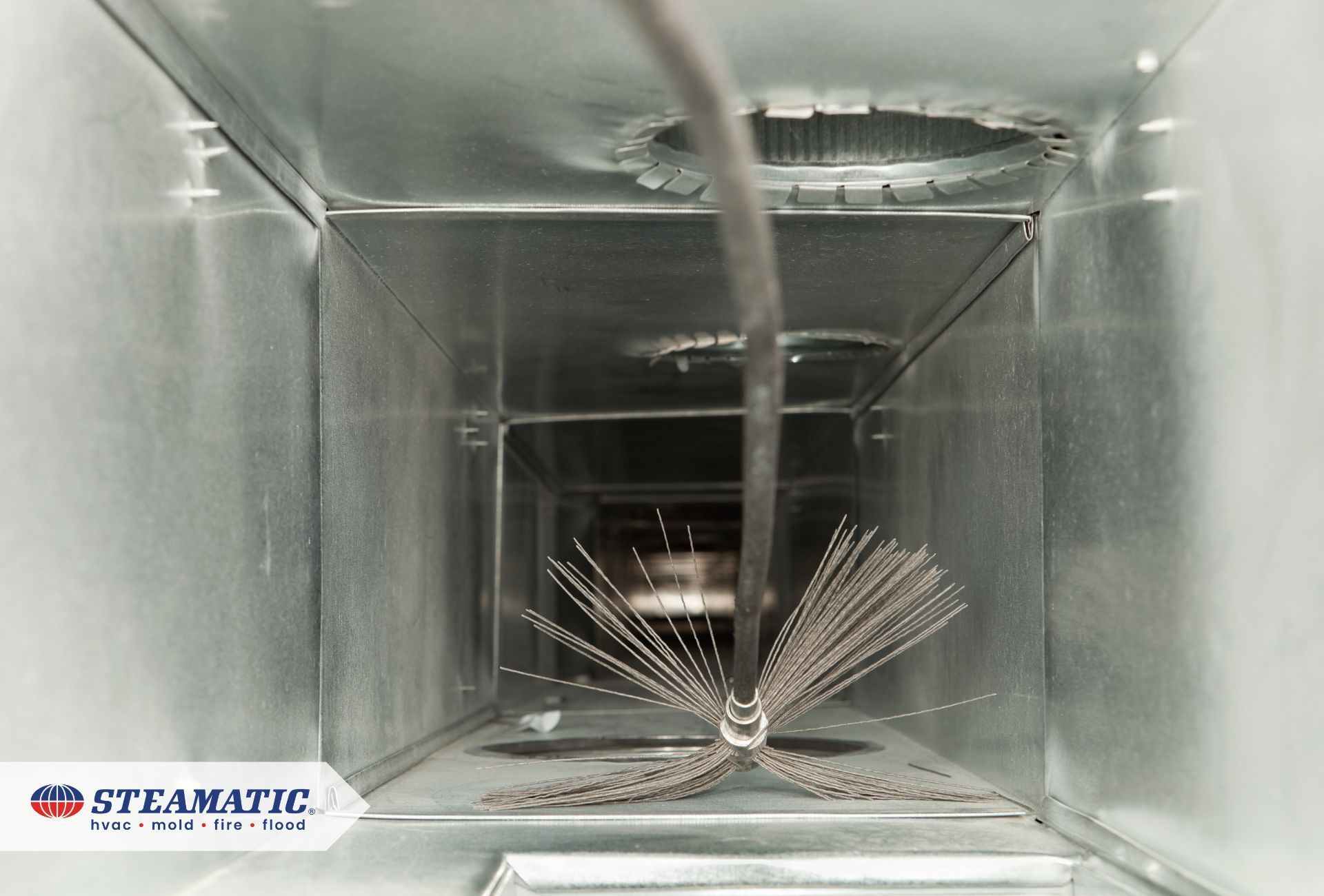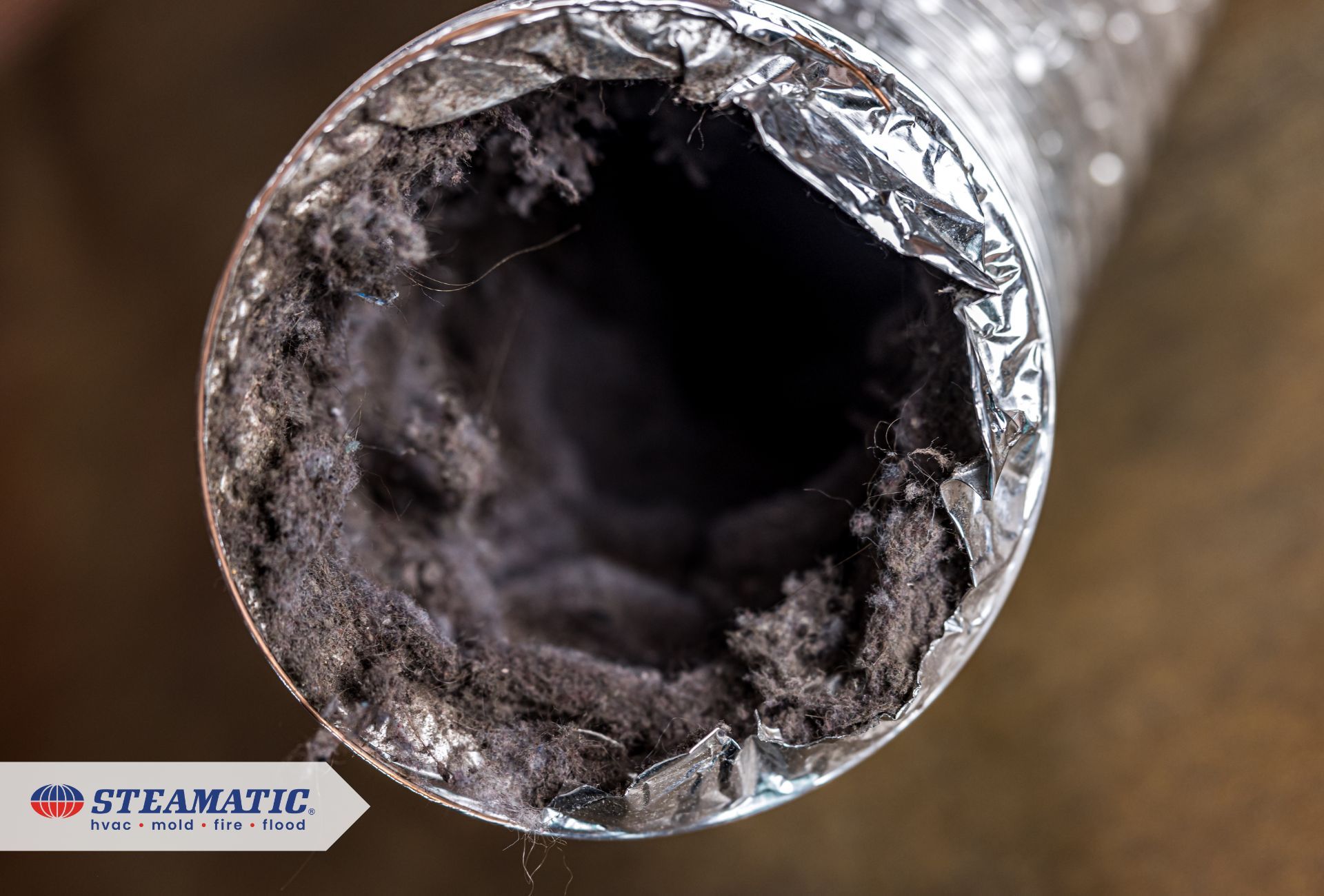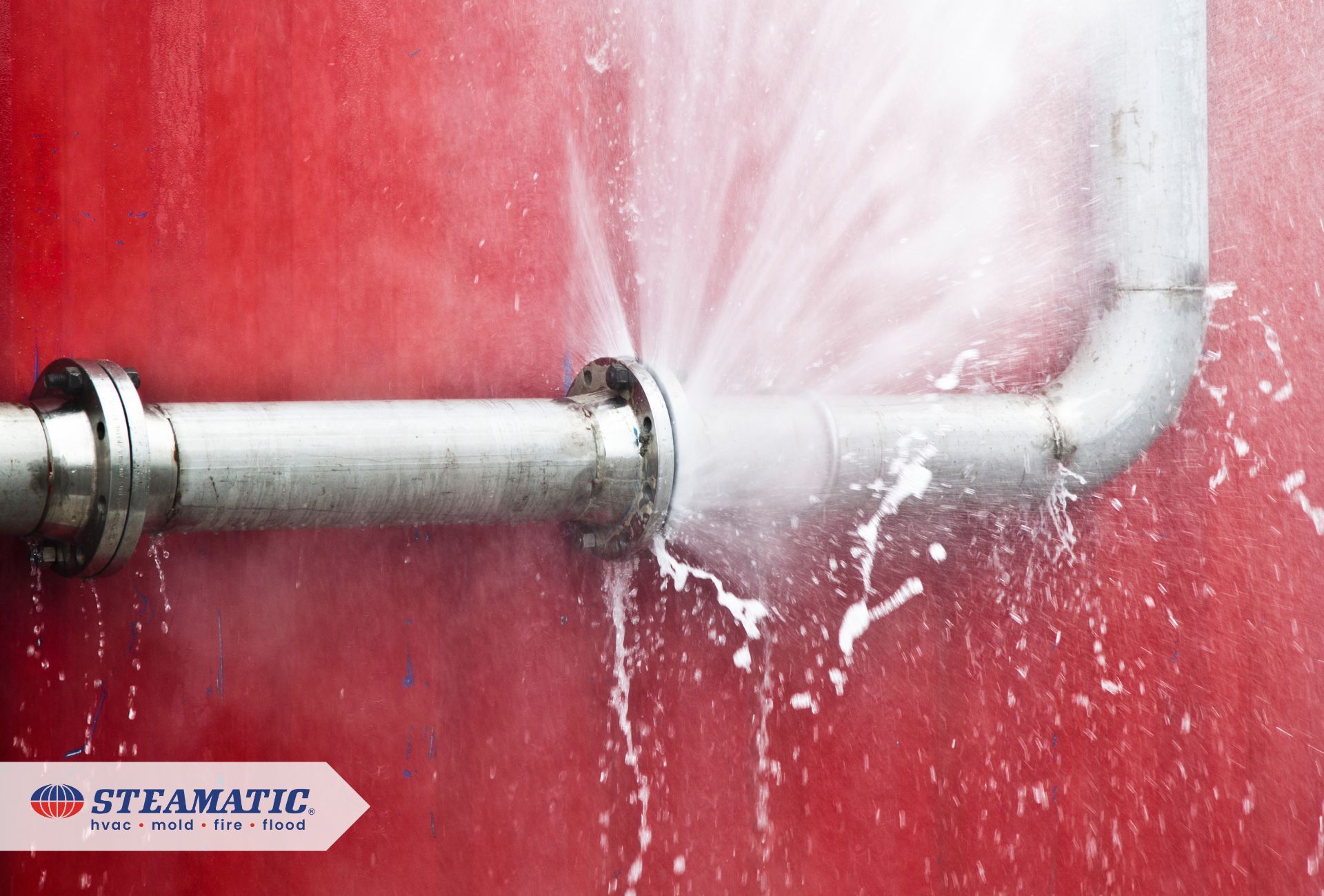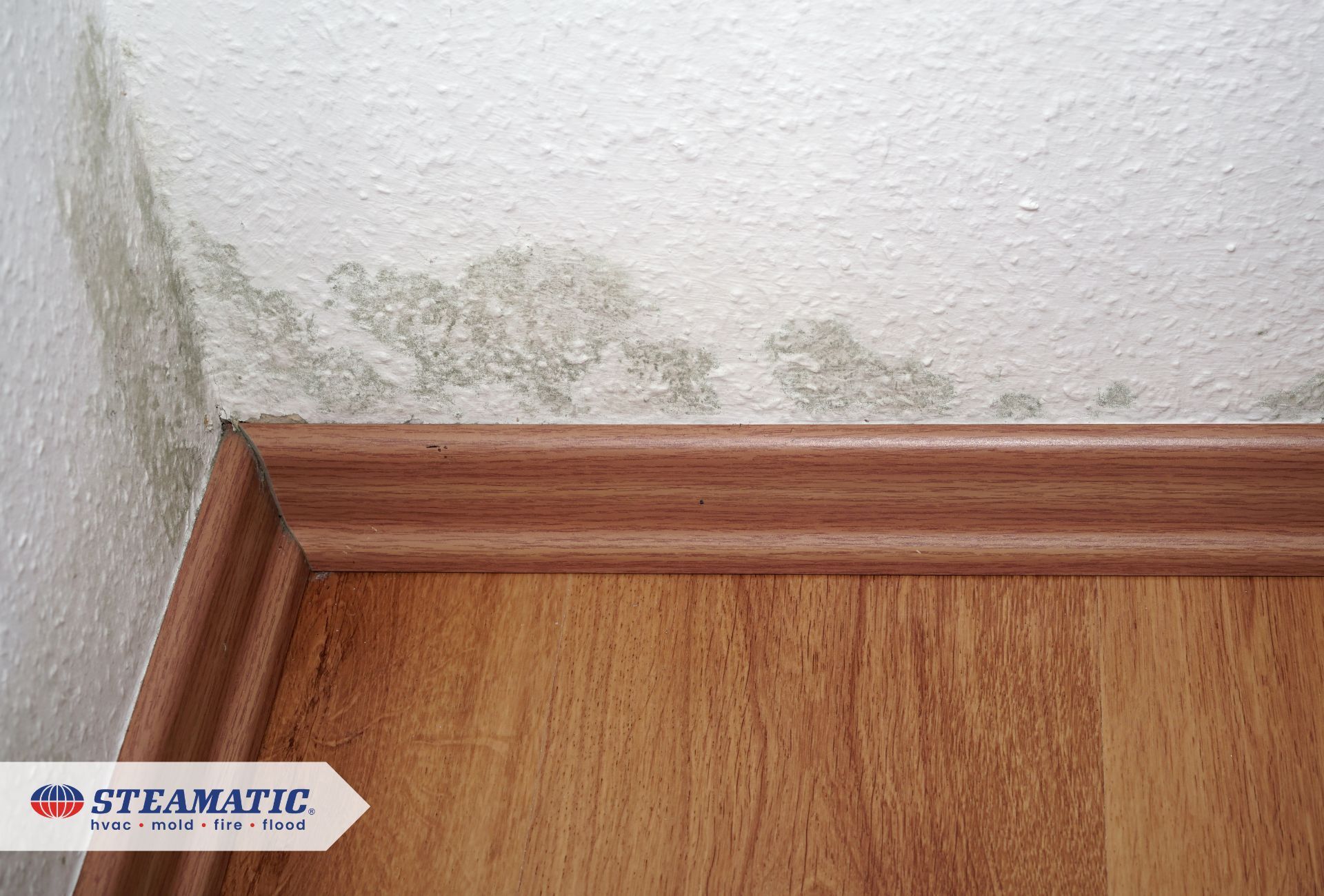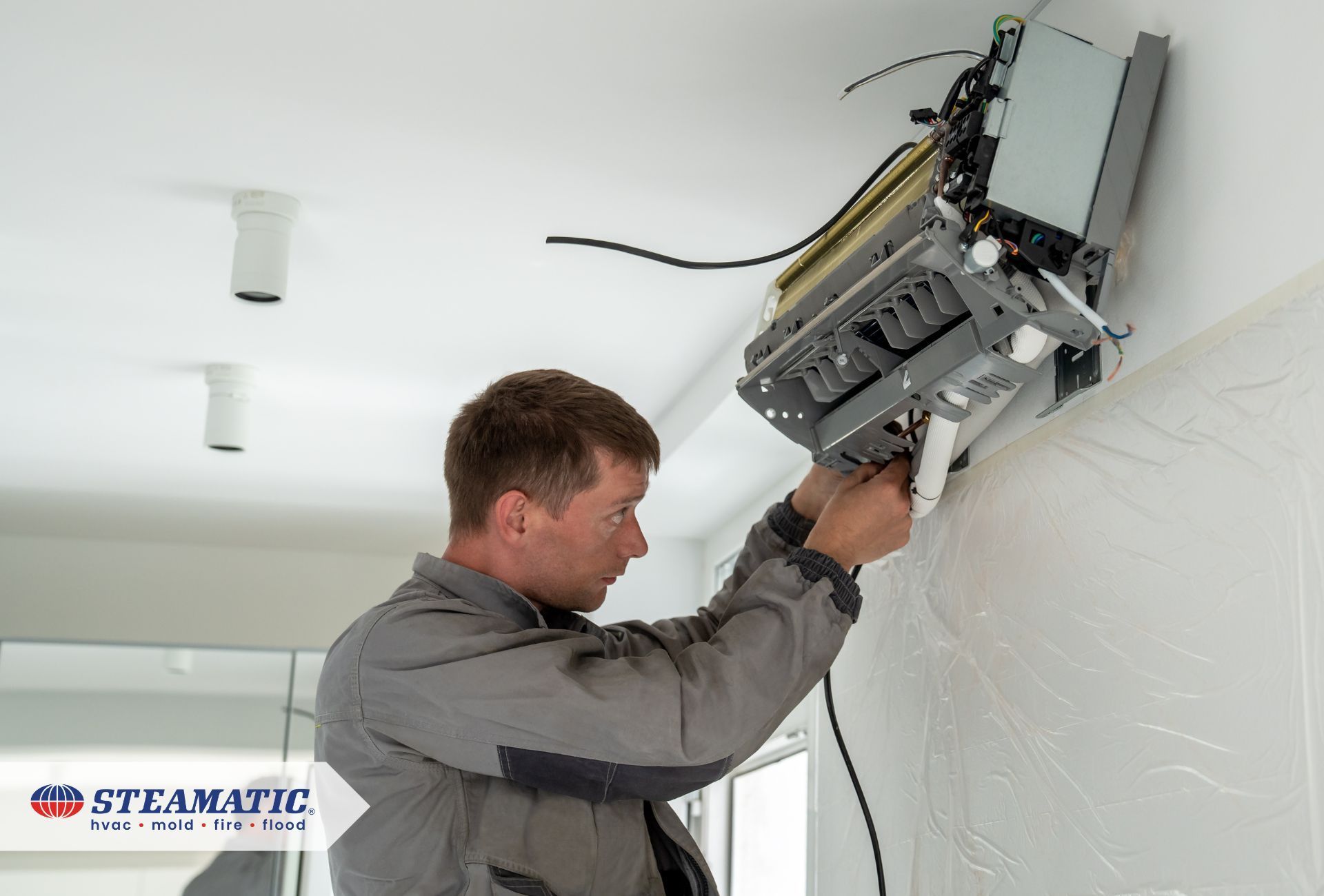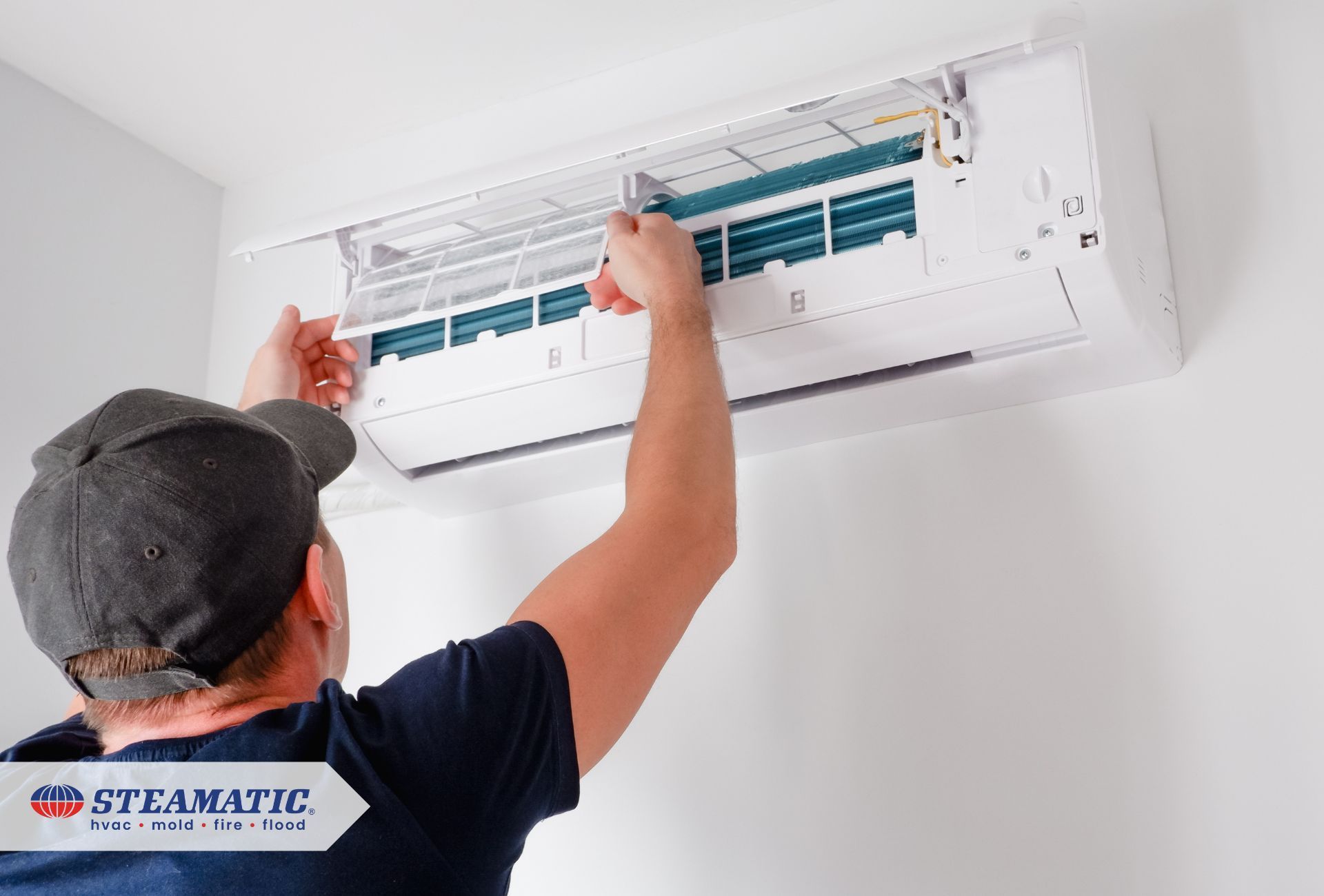The Essential Guide to Water Damage Restoration
Discovering an unforeseen puddle of water in your home or office can be startling, to say the least. Water has a rapid and destructive impact on everything in its path, highlighting the urgency of a prompt response in order to prevent additional damage. At Steamatic of Connecticut, we're dedicated to guiding you through the water damage restoration process and ensuring your environment is returned to its pre-damaged condition.
We believe that being familiar with the essential steps of water damage restoration will help you navigate this in the most efficient and effective way. Let’s jump in.
1. Prompt Response
Time is of the essence when dealing with water damage. The longer water sits, the more damage it can cause, leading to more extensive and costly repairs. Immediate action involves stopping the source of water, if it’s safe to do so, and contacting a professional water damage restoration company. At Steamatic of Connecticut, we will promptly assess your situation and begin the drying process as soon as possible.
2. Assess and Inspect
This step is crucial to determining the extent of the water damage. At Steamatic of Connecticut, we will assess not only the visible damage but we use advanced tools, such as moisture detectors and hygrometers, to measure moisture levels and identify hidden pockets of water that left untreated, could cause unforeseen damage down the road.
3. Water Removal
The next step is water removal. This process is vital for mitigating further damage and preventing mold growth. For extensive water damage, this phase can be time-consuming but is critical for the overall restoration process.
4. Drying and Monitoring
After water removal, the drying, dehumidification and monitoring phase begins. With our state-of-the-art extraction, drying and monitoring equipment, we work to ensure that the structure and contents of your home are fully dry. By employing a moisture meter, we can determine how fast the drying process is occurring for all surfaces and materials. Monitoring the drying progress and adjusting the equipment as necessary is crucial to ensuring a safe environment.
5. Cleaning and Restoration
Water damage restoration often involves a process of professionally cleaning and restoring all of the affected areas. This step includes cleaning walls, floors, and personal belongings, as well as addressing any mold that may have started to grow. Treatments may be applied to prevent future mold and mildew growth, ensuring the area is safe and clean for occupants.
Water Damage in Your Home? Call Us Today.
In navigating a situation where you need water damage restoration, understanding the process, and acting promptly can make all the difference. Steamatic of Connecticut provides comprehensive
water damage cleanup , from water extraction to environment stabilization. When you
need help, we are here!
